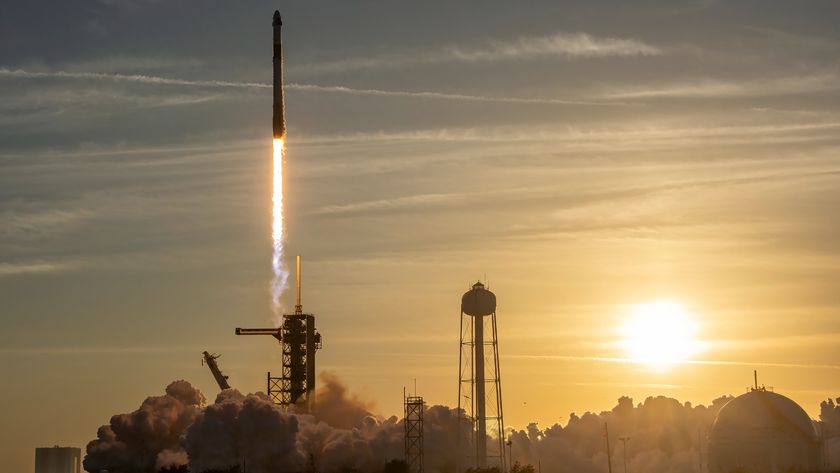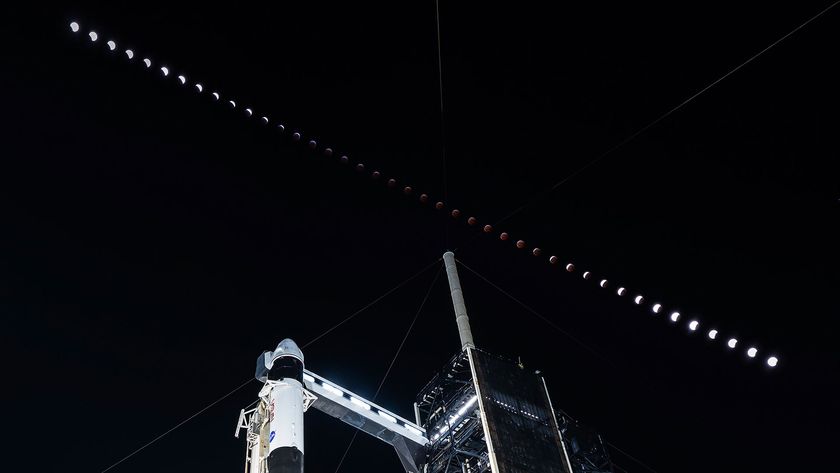Mars On Earth: NASA's Grand Canyon 'Martian' Trek (Photos)
Goddard Interns at Mars on Earth Student Trip

The interns of the 2012 Lunar and Planetary Science Academy overseen by the Goddard Space Flight Center prepare to explore the Grand Canyon, one of the best places to study Mars without leaving Earth.
This image was taken June 27, 2012 during NASA's annual trip. See more photos from the "Martian" look at the Grand Canyon in this gallery.
The Grand Canyon's Layers
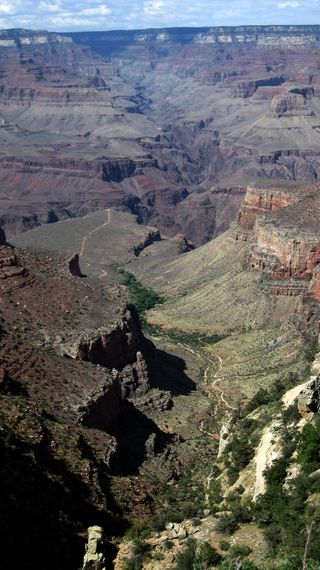
The Grand Canyon's sculpted layers reveal two billion years of natural history, a result of long-term etching by the Colorado River and its tributaries. This image was taken June 27, 2012.
The Grand Canyon
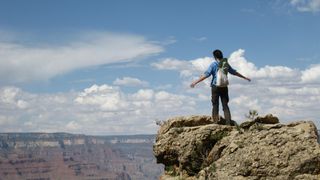
Intern Allison Duh takes in the canyon on June 27, 2012.
The Ooh Aah Point
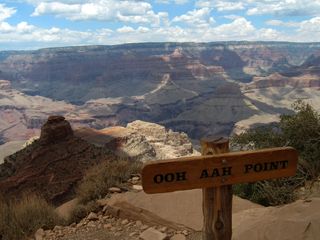
Though not the longest or deepest canyon on Earth, the Grand Canyon stretches an impressive 277 miles (446 kilometers) long and is up to 18 miles (29 kilometers) wide and more than a mile (1.8 kilometers) deep. This image was taken June 27, 2012.
Jump for Joy
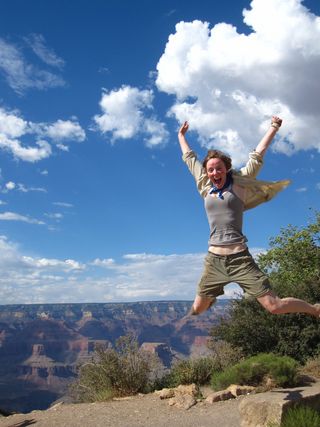
The fun begins for intern Jillian Votava. This image was taken June 27, 2012.
Colored Rock Layers at the Grand Canyon
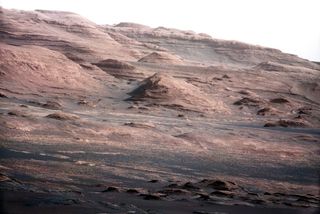
The colored rock layers, buttes and mesas at the base of Mars' Mount Sharp look like they belong in the Grand Canyon. The image was taken Nov. 14, 2012.
About the Grand Canyon Rocks
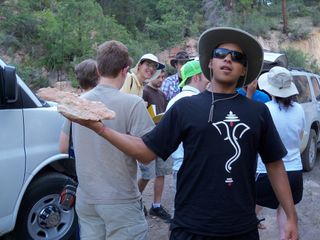
For Avinash Misra, it's all about the rocks. This image was taken Jan. 3, 2009.
Get the Space.com Newsletter
Breaking space news, the latest updates on rocket launches, skywatching events and more!
Resting at the Grand Canyon
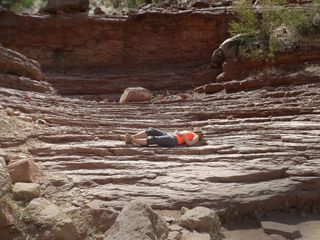
The Grand Canyon's layers provide the perfect resting place for weary intern Nicole Thom. This image was taken Jan. 3, 2012.
Break Time
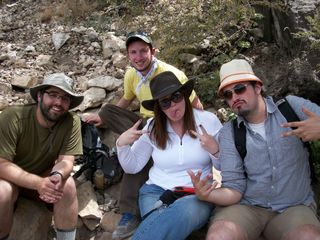
Break time for Adam and April Frake, Aaron Silver and Chet Gnegy (in back). This image was taken in Jan. 4, 2009.
Grand Canyon Landscape Under Water
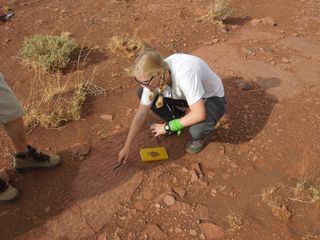
Near Sedona, Rachel Kronyak studies the wave patterns preserved in a flat, Mars-colored landscape that was once under water. This image was taken June 25, 2012.
A 50,000 Year-old Crater
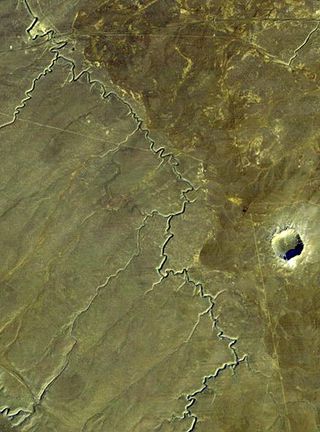
A 50,000-year-old Meteor Crater, near Winslow, Arizona. Although it was long thought to have been formed by volcanic activity, it is actually the result of a meteorite impact that had the force of 20 million tons of dynamite. This image was taken Nov. 14, 2012.
Join our Space Forums to keep talking space on the latest missions, night sky and more! And if you have a news tip, correction or comment, let us know at: community@space.com.

Space.com is the premier source of space exploration, innovation and astronomy news, chronicling (and celebrating) humanity's ongoing expansion across the final frontier. Originally founded in 1999, Space.com is, and always has been, the passion of writers and editors who are space fans and also trained journalists. Our current news team consists of Editor-in-Chief Tariq Malik; Editor Hanneke Weitering, Senior Space Writer Mike Wall; Senior Writer Meghan Bartels; Senior Writer Chelsea Gohd, Senior Writer Tereza Pultarova and Staff Writer Alexander Cox, focusing on e-commerce. Senior Producer Steve Spaleta oversees our space videos, with Diana Whitcroft as our Social Media Editor.




